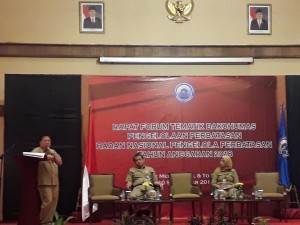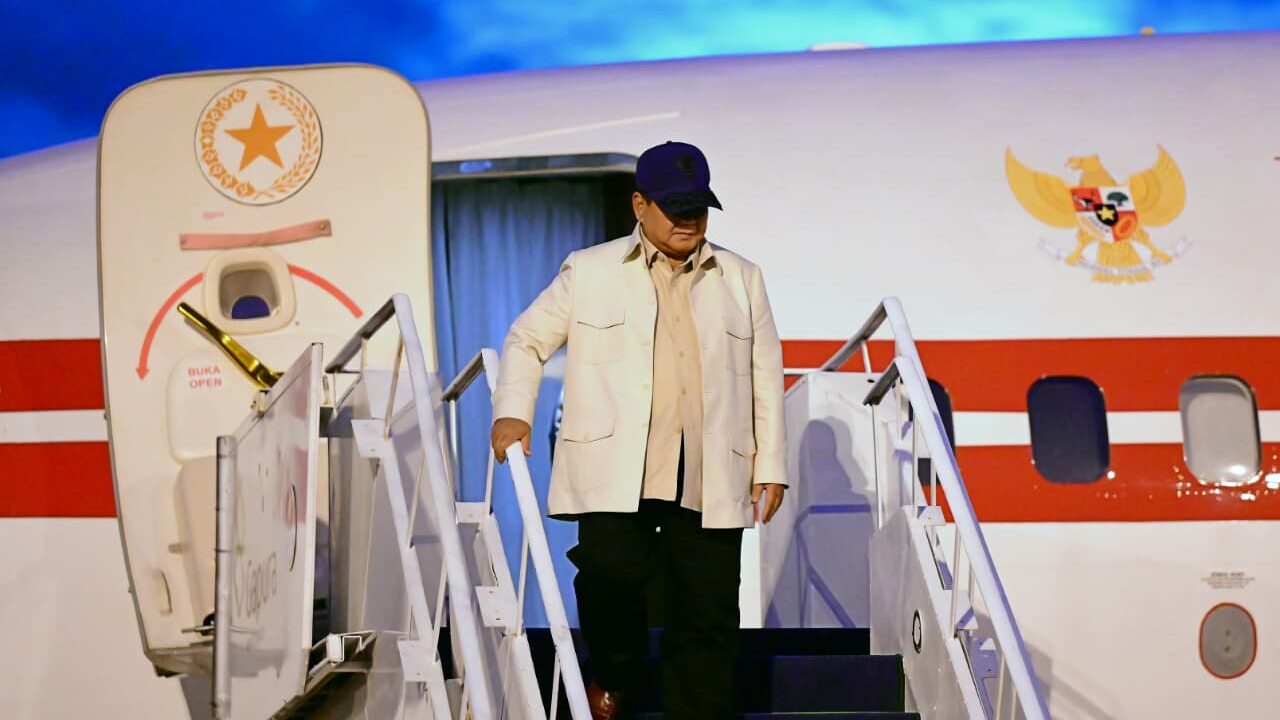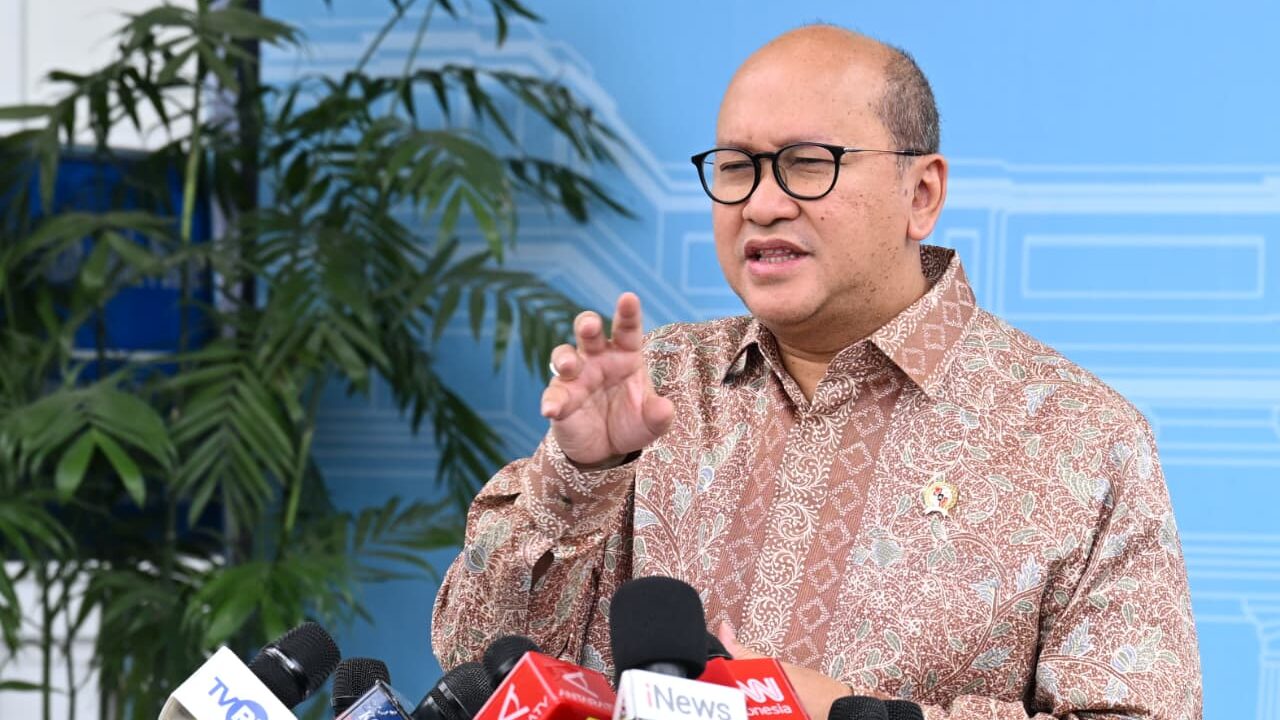BNPP: Govt Focuses on Developing Border Areas
The policy on border area development strategy based on the 2015-2019 National Border Management Master Plan is aimed at improving peoples welfare and boost local economic activities in the border areas, according to Acting Secretary of the National Search and Rescue Agency (BNPP) Widodo Sigit at a thematic forum on social relations coordinating board (Bakohumas) in Jakarta, Monday (10/9).
According to Sigit, these strategic policies include developing transportation infrastructure, increasing quality of spatial planning in border areas, increasing regional superior commodities, improving basic settlement infrastructure, improving quality of education and health services, and enhancing government service facilities and infrastructures.
This policy is focused in 187 districts in priority locations in 42 regencies and 13 provinces, Sigit said, adding that there are 10 National Strategic Activity Centers (PKSN) in various regions, namely Aruk, Entikong, Badau, Atambua, Jayapura for land areas; Sabang, Ranai, Sebatik, Tahuna and Saumlaki for sea areas.
In the meantime, BNPP Deputy of Management of Border Area Potential Boytenjuri added that border management is included in the Nawacita (9 priority agendas) of President Joko Jokowi Widodo and Vice President Jusuf Kalla, namely building Indonesia from the peripheries by strengthening regions and villages within the framework of a unitary state.
Indonesia has 17,504 islands and shares land borders with three countries: Malaysia, Papua New Guinea, and Timor Leste and shares maritime and air borders with eleven countries including Malaysia, India, Thailand, Singapore, Vietnam, the Philippines, Republic of Palau, Papua New Guinea, Australia, and Timor Leste, Boy said.
According to Presidential Instruction Number 6 of 2017, Boy added, Indonesia has 111 outermost small islands. The Indonesian government is currently preparing talks on the FIR, he added.
Boy went on to say that according to Presidential Regulation Number 33 of 2015 states that Indonesia a border area stretching an area of 18,940 square kilometers. Potentials in border areas are food security and tourism potentials, he said.
Meanwhile, BNPB Assistant Deputy of State Boundary Management of Land Areas Indra Purnama added that the land boundary line is 3,106 kilometers and map of the location of the problematic zones in Indonesia-Malaysia border shows 9 points. The problem for land boundaries with Timor Leste is customary land, while with the PNG the boundary line is relatively straightforward, Indra said.
Development planning for the second project of cross-border, according to Indra, is to build 10 new cross-border posts (PLBN) and will be outlined in a Presidential Instruction. Those border posts are among others:
- Priority I
- Sei Pancang, Sebatik Island, Nunukan Regency, North Kalimantan;
- Jagoi Babang, Bengkayang Regency, West Kalimantan;
- Sota, Merauke Regency, Papua;
- Long Midang/Krayan, Nunukan Regency, North Kalimantan.
- Priority II
- Long Nawang, Malinau District, North Kalimantan;
- Labang, Nunukan Regency, North Kalimantan;
- Serasan, Natuna Regency, Riau Islands;
- Sei Kelik/Services, Sintang Regency, West Kalimantan;
- Napan, North Middle East Regency, East Nusa Tenggara (NTT);
- Oepoli, Kabupaten Kupang, East Nusa Tenggara (NTB).
Also attending the event were Acting Secretary of BNPP Widodo Sigit Pudjianto, Deputy for Management of Border Area Potential of BNPP Boytenjuri, Director General of Public Information Communication (IKP) of Ministry of Communications and Information Rosarita Niken Widiastuti, and public relations representatives of ministries/state institutions, as well as the Indonesian National Defense Forces (TNI) and the Indonesian National Police. (EN / ES) (STU/EP/Naster)









